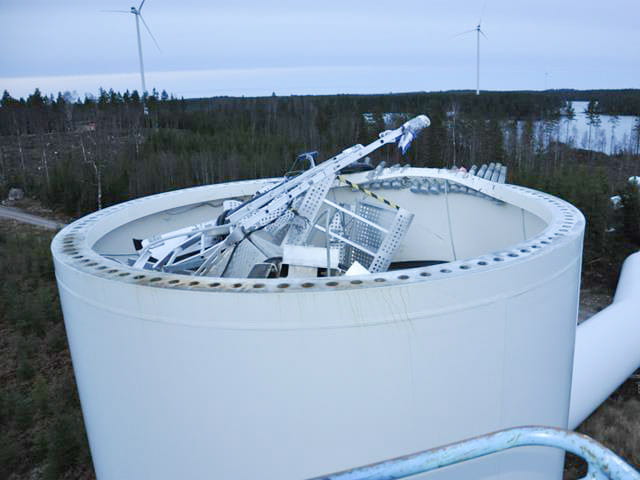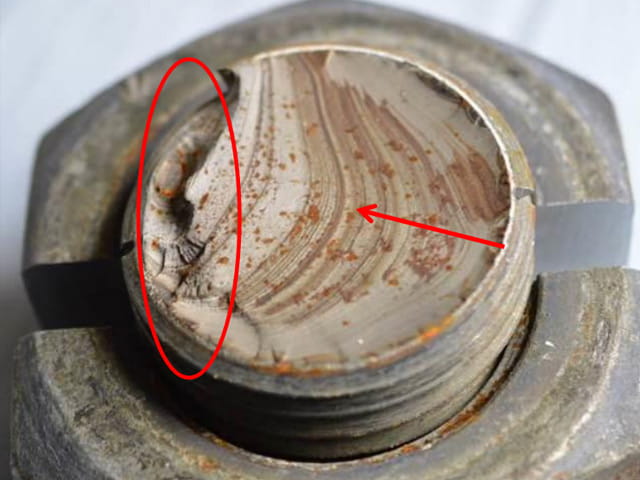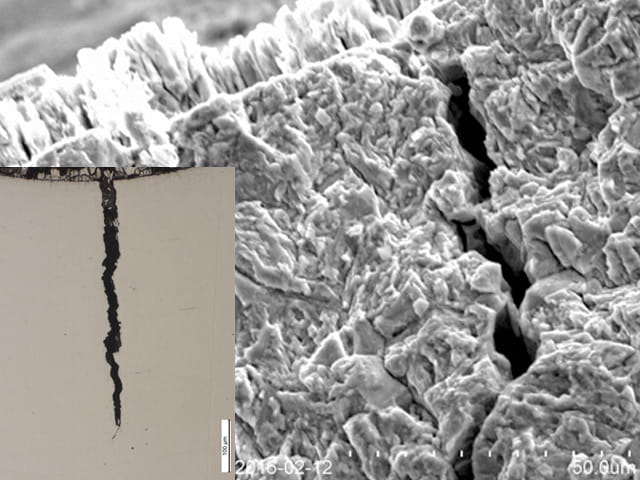Collapsed Wind Tower - A root cause investigation
Wind turbines are designed to withstand harsh environmental conditions with a minimum of downtime, but from time to time we read about failures in the news that causes a little extra attention, with fire caused by extreme friction, falling parts or – a collapsed tower.
Failure investigations are not necessarily performed to find someone to blame, but are critical to understand what caused the failure and how it can be prevented in the future. And it may not be something wrong with the design, but the root cause may be found somewhere else in the supply chain, like in this case.
The incident
The onshore wind farm consisted of 32 wind turbines of the same type and height, and had been operating for three years. Turbine total height was 185 meters with tower 130 meters and turbine diameter 112 meters. The tower structure consisted of six sections fitted with flanges and held together with bolted joints. The joint in the first flange, i.e. between the first and the second section, had failed and the upper part of the tower (five sections) fell. The bottom section, which was anchored to a concrete foundation, was still standing after the collapse.

The investigation and key results
Element’s engineers and expert failure analysts were called in to support the National Investigation Board and the turbine OEM with an independent assessment and root cause investigation.
- A few nuts had pieces of the bolt left. We could see that the large bolts that had held together the joint had suffered from a fatigue process and the bolts could no longer withstand the loads of normal operation.

- The M64 bolts and nuts were tested and analyzed:
- Visual inspection and fractographic examination for documentation of surfaces and fatigue cracks
- Materials testing of chemical composition and mechanical properties to make sure the requirements were initially met
- Analysis of the lubricant used on the bolts and how lubricity was affected by water

- The conclusion was that the cause of the fatigue in the bolts was that the pre-stress in the joint was too low and had caused vibrations leading to fatigue.
- The reason for not achieving the specified pre-stress was due to the bolts and tower sections had not been weather protected during the installation. Water affected the lubricant of the nuts, which lead to increased friction in the contact surfaces of the joint.
- In addition, the tools used in the installation had not been maintained or calibrated accordingly to ensure that the proper torque force was applied.
Conclusions
In summary, the events leading to the failure were not caused by the design or abnormal conditions. Instead, the main learnings are the importance of clear instructions, sufficient training and experience for everyone involved.
The official report, which includes Element’s investigation of the root cause and the chain of events that eventually led to the collapse, points out areas and recommendations for improvement. Most of these are related to instructions for weather protection and storage of parts during installation, and to make sure these instructions are followed. The final torque applied should also be better controlled by the contractor, the manufacturer and/or the final inspection authorities.
Read more information about our services for Wind Energy
Find related Resources
